The puzzle of pig production – a Danish perspective
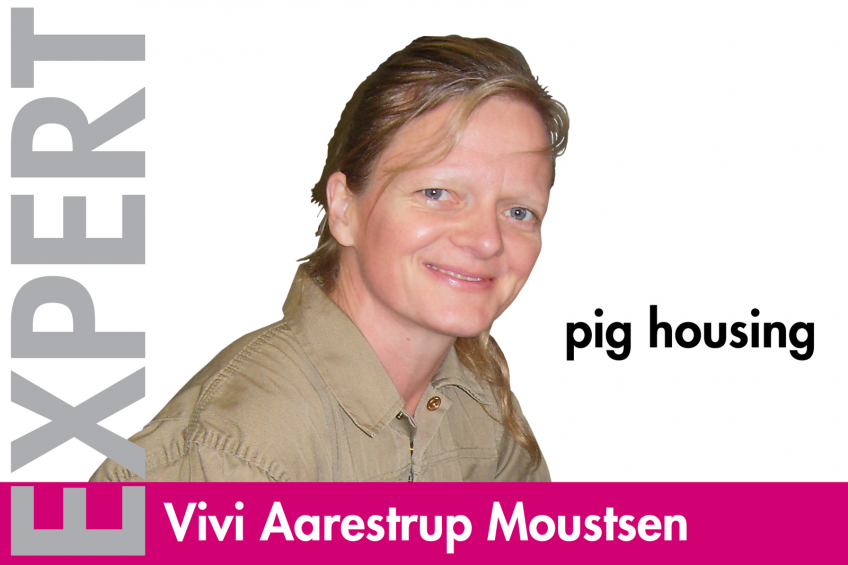
In Denmark, the population is approximately 5.7 million people and 1 million sows – producing 29 million pigs of which 90-95 % is being exported as live pigs or pork meat.
The housing of pigs influence not only their productivity, behaviour, health and welfare but also the surrounding environment, work conditions, management etc.
For the pig producers it is important to develop their production in a way, where it has limited impact on the environment, the animals have a high level of welfare and a high health status with a low use of antibiotics – and at the same time ensure that the production is competitive in a global market.
The Danish Pig Research Centre (PRC)
This is our daily challenge for PRC, where I work. Our annual budget is approximately €19-20 million; PRC is in charge of research and development tasks related to the live pig and of communicating the knowledge generated through these activities. The activities of PRC safeguard the interests of the Danish pig producers and can be divided into four main areas:
1. Research and development;
2. Knowledge transfer and advisory-related activities;
3. General operation, service and control activities regarding for instance health inspection and programmes and Danish Product Standard. The Danish Pig Research Centre (PRC)is the conceptual owner of DanAvl and manages the DanAvl breeding programme;
4. Political safeguarding of interests and communication. A significant part of the work is funded by levies that the pig producers pay for each slaughtered or exported pig.
The PRC board consists of 12 pig producers representing the different parts of the industry and the different regions in Denmark. The board sets the long term goals and approves of trials we launch to obtain the goals. The majority of our trials are carried out in commercial herds – often in collaboration with the agricultural industry and/or universities. The results are available at our website for the pig producers, their advisors and the industry including eg. Feed producers, manufacturer of pen design and equipment, management systems etc.
Loose housing of non-lactating sows
Since 1997, all gestating sows in newly built facilities have been loose, and since 1st January 2013 all gestating sows have been loosed housed from four weeks after mating. There is no doubt that loose housing is a challenge in regard to securing the needs of the individual sow given the conditions of being in a group of sows. However, at the same time it is well accepted that with proper feeding systems, flooring, pen design and management, sows can be loose without a negative impact on productivity.
In addition to loose housing of pregnant sows, the herds producing for the UK markets have had their sows loose in the mating units as well. Since 1st January 2015 this has been compulsory for all newly built units.
A common challenge housing sows loose and in groups is the dilemma between letting the sows loose and increasing risk of aggressions between sows which can lead to injuries of lower level of productivity.
Loose housing of lactating sows – go or no go?
One area of development is loose housing of lactating sows, where the pig industry has decided to aim at 10% of the lactating sows being loosed housed by 2021. We know that a high level of hygiene is important for the health of the piglets, which suggests pen designs with slatted flooring. That could, however, also increase the emissions – or make a potential need for use of environmental technologies which is an extra cost. We also know that confinement during farrowing and the first few days post farrowing has very limited impact on sow behaviour but reduces piglet mortality significantly – but animal welfare organisations seem to prioritise the sows being loose beyond piglet survival.
Follow up
Consider the subjects mentioned above as an introduction or appetizer to some of the subjects that I expect to elaborate in future blogs – including research activities to mitigate the challenges.
Join 18,000+ subscribers
Subscribe to our newsletter to stay updated about all the need-to-know content in the pigsector, three times a week. Beheer
Beheer
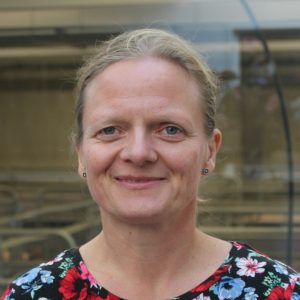
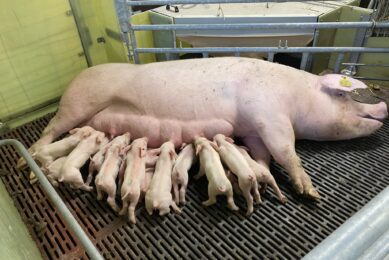

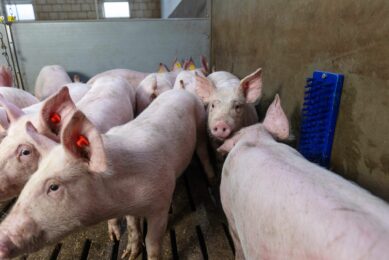
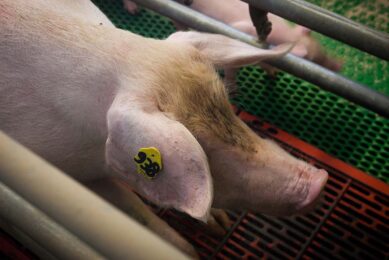





 WP Admin
WP Admin  Bewerk bericht
Bewerk bericht